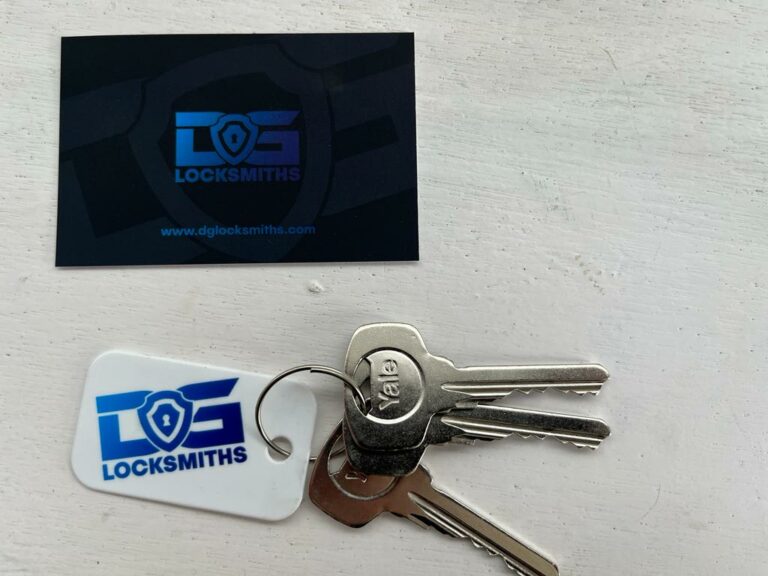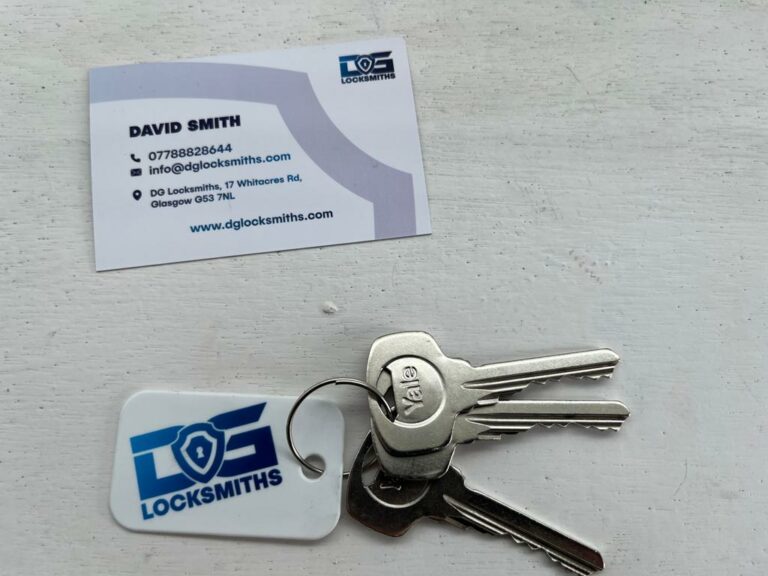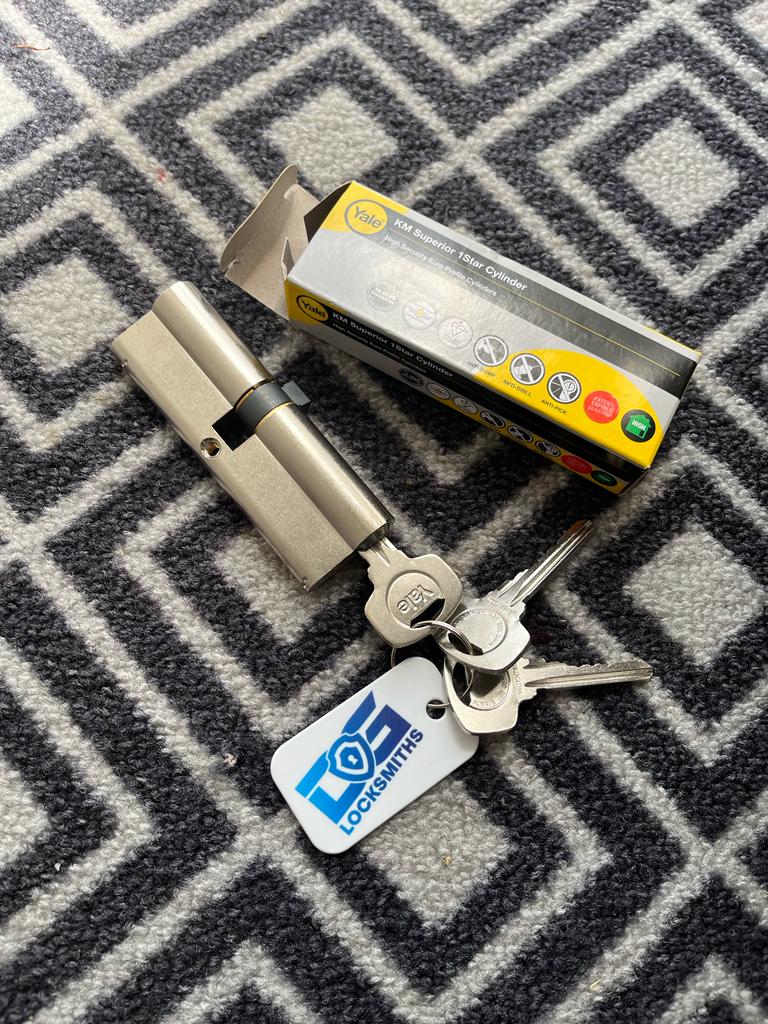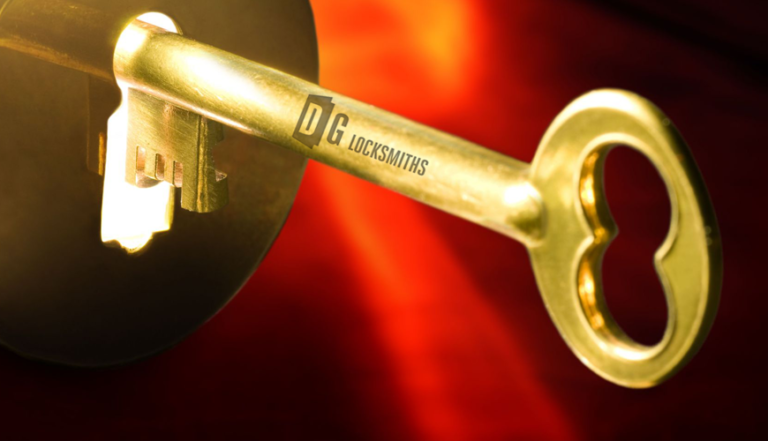How to Figure Out the Lock Type on Your Door
I replace locks all the time in my work as a locksmith in Glasgow. It should come as no surprise that most of people have no knowledge of what kind of lock they have set up on their front or rear door. However, knowing what kind of locks you have could at times be crucial. This is especially true if you want to know whether your locks are susceptible to lock snapping or if you’re looking for new home insurance.
The following are some of the most popular locks
Nightlatch
Usually on wooden doors and frames, nightlatch locks are installed on the inside of the door. This style of lock has a latch that is opened and closed using a key from the outside and a knob or lever on the inside. Yale, the company that made these locks, has become associated with them, much like Hoover has with Hoover vacuum cleaners. This is the reason why these locks are frequently called “Yale locks.” Of course, there are a lot more manufacturers out there, such as Era, Union, etc. There are a number of different models of this kind of lock, each with a different amount of security. When a lock is described as deadlocking, it signifies that a key is required to unlock it once it has been locked.
Non-Deadlocking Nightlatch
This kind of lock has an external rim cylinder that requires a key to operate, but it includes an internal knob or handles. In addition, most nightlatches feature an inside “snib” that you can use to lock the latch. In order to prevent the door from locking behind you, you can also use it to snib the latch in the open position. This kind of lock is best used together with a deadlock for added security because it can occasionally be opened with a credit card.
Key Deadlocking Nightlatch
The ordinary non-deadlocking type is fairly identical to these locks, but they have the added security of allowing you to deadlock the building from the outside with a key. Once a nightlatch has been deadlocked, a credit card cannot be used to unlock the latch. This offers a significantly better level of security and can also stop a burglar from breaking a glass door panel to reach inside and unlock the door. It’s important to keep in mind that with this style of lock, the internal handle cannot unlock the door once it has been deadlocked from the outside. Anyone inside will be locked in as a result.
Double Locking Nightlatch
These locks are extremely similar, except one can lock the handle using a key that is located within. These front door nightlatches are the safest ones available.
Multipoint Locking System
Most of the time, composite and uPVC doors—such as outdoor front and back doors, patio doors, French doors, etc.—will have these locks. A multi-point locking mechanism fastens the door to the frame and locks at various locations. These bolts are managed by a lock with one cylinder. They are capable of offering a high level of security.
Multipoint locking systems come in a wide variety of shapes and sizes, and there are numerous manufacturers of them, but they all typically have a deadbolt and latch in the centre, as well as two hook bolts, pins, or camrollers/mushroom cams. However, it is fairly unusual to install up to seven locking point systems for optimal security.
Multipoint locking systems, as previously mentioned, use a single locking cylinder (euro cylinder) to engage and lock all points. This indicates that this kind of system is also ‘keyed similar’ to other cylinder locks, allowing the front door, rear door, and patio doors to all be locked and unlocked with the same key.
Historically, the euro cylinder has been this system’s downside. The practise of “lock snapping” has led to sharp rises in the number of break-ins during the past few years. Fortunately, ‘anti snap’ euro cylinders are now readily available and prevent this.
Cylinder Lock
A cylinder lock, often referred to as a pin tumbler lock, employs a series of pins of different lengths that exactly match the key’s pattern. The pins slide into the proper position when the key is inserted, allowing the the key to be turned and the door to be locked or opened. The most popular cylinder lock is the euro cylinder, though there are other types as well.
Euro cylinder lock
One of the most widely used types of door locks is a cylinder lock.
The three most common types are:
- The solitary cylinder that can only be locked from one side
- Lockable from either side, the double-ended cylinder
- The key and thumb turn choice locks with a key on the outside and a thumb turn on the inside.
Lock snapping has historically been this sort of lock’s major issue.
Lock Snapping
Burglars use the lock-snapping method to break the euro cylinder lock. This might be finished in as little as 20 seconds with the correct tool. The conventional euro lock was vulnerable to snapping in the middle because of its construction and substance. High-security ‘anti-snap’ or ‘snap safe’ versions have been created to address this issue. They are made to snap at the end, not in the middle, protecting the intact middle of the barrel.
Oval Cylinder Lock
This has an oval barrel in shape and is used with an oval mortice lock case. It is similar to the euro cylinder lock. The euro cylinder is far more prevalent than this kind of lock.
5 Lever Mortice Lock
The strike plate of this type of lock is attached to the frame and it is morticed into the door. This lock can only be opened with a key from either side and is often only installed on wooden or timber doors.
The less secure 3-lever mortice locks are sometimes mistaken for 5-lever mortice locks. This can be confirmed by inspecting the lock’s faceplate; the number of levers should be stamped there.
The maximum level of security is provided with five-lever mortice locks that are British standard BS3621 compliant and Kitemarked. If so, the lock faceplate needs to be stamped with this information. In fact, BS3621 compliance is demanded by many insurance companies for these specific sorts of locks.
The ability of a 5 lever mortice deadlock to be “keyed alike” is another useful feature. If your front and rear doors are both equipped with this type of lock, you can use the same key for both.
Some front doors with these kinds of lever mortice locks also have an additional nightlatch lock installed for further security.







